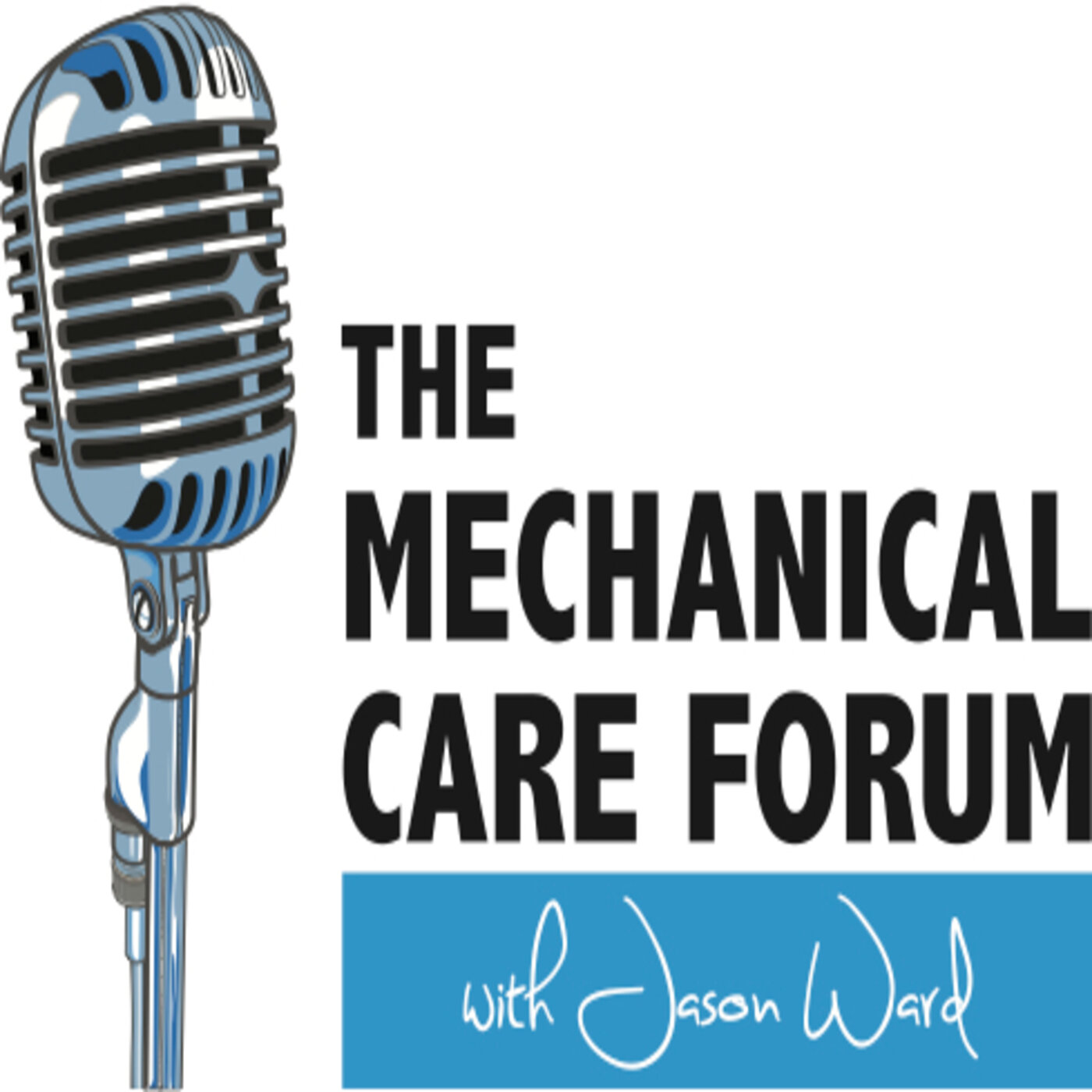In episode 229 I’m joined by Dr Shirley Sahrmann. She’s a physical therapist of more than 60 years. Along with her colleagues, she’s developed the Movement System Impairment Syndrome method. She shares some of their professional journeys, her views on physical therapy and even her opinion of the contrasts of her system versus others, including MDT. This week on MCF!
Dr. Sahrmann is Professor Emerita of Physical Therapy at Washington University School of Medicine, St. Louis, Missouri. She received her bachelor’s degree in Physical Therapy, masters and doctorate degrees in Neurobiology from Washington University. She is a Catherine Worthingham Fellow of the American Physical Therapy Association and is a recipient of the Association's Marion Williams Research Award, the Lucy Blair Service Award, and the Kendall Practice award, the Inaugral John H.P. Maley Lecture and Mary McMillan Lecture awards. Dr. Sahrmann has also received Washington University's Distinguished Faculty Award, the School of Medicine’s Inaugral Distinguished Clinician Award and an honorary doctorate from the University of Indianapolis. She has also received the Bowling-Erhard Orthopedic Clinical Practice Award from the Orthopaedic Section of the APTA. She has served on the APTA Board of Directors and as president of the Missouri Chapter.
In addition to her numerous national and international presentations, Dr. Sahrmann has been a keynote speaker at the World Confederation of Physical Therapy, Canadian, Australian, New Zealand, Japan, and Danish national congresses.
Dr. Sahrmann’ s research interests are in development and validation of classification schemes for movement impairment syndromes as well as in interventions for these syndromes. Her books, Diagnosis and Treatment of Movement Impairment Syndromes and Movement System Impairment Syndromes of the Cervical and Thoracic Spines and the Extremities, describe the syndromes and methods of treatment. She maintained an active clinical practice specializing in patients with musculoskeletal pain syndromes until her retirement in July 2012.
Show Notes
Background
Dr. Sahrmann is a retired physical therapist, who worked at Washington University, St. Louis her entire career. Working at the same place for the entirety of her career is what she calls was an old fashioned way of working.
She is still actively involved with giving seminars and lectures to students and attending lab. She is well-known for her popularization of the Movement System Impairment Syndromes (MSI).
Professional Journey
Dr. Sahrmann graduated from Washington University, St. Louis and worked in a rehab clinic for 9 years. She career with seeing neurological cases, initially polio patients and then a lot of stroke and spinal cord injury patients. During her time, there was limited knowledge as to the reasoning behind treatment and due to lack of satisfactory answers that bothered her, she returned to the same university to pursue the PhD program. After completion of her PhD, the staff at the University was keen to hire her and that is where she remained.
Mentors and Initial Work
She talks about the people who influenced her during the initial years, her work with monkeys in the lab to learn more about upper motor neuron lesions and the colleagues that got her interested in musculoskeletal system. She then worked on the integration of neurological and musculoskeletal systems which lead to the Movement System Impairment Syndromes (MSI) classification system.
Movement System Impairment Syndromes
The conceptual basis of the movement system impairment syndromes is that sustained alignment in a non-ideal position and repeated movements in a specific direction are thought to be associated with several musculoskeletal conditions.The basic premise is then to identify abnormal movement patterns, and identifying a pattern of treatment.
Approaching a patient through this system will include, firstly, identification of the abnormal movement direction that consistently occurs too readily and of the movement decreases or eliminates the symptoms. The second is to identify contributing factors i.e. failure of certain muscles to activate which causes the abnormal patterns and symptoms. Multiple movements are tested before a conclusion is reached about association of specific muscle and movement deficits that are the cause of symptoms. One of the treatment aspects is teaching the patients to alter the movement patterns of their daily activities that are causing symptoms.
Different Classification Systems
Dr. Sahrmann talks about the different systems and the similarities and differences. She also talks about how some of Robin McKenzie’s concepts influenced some of her MSI system. She talks about the perceived limitations in the practice of MDT; not the system and Robin McKenzie’s concept about it, but the way clinicians were practicing it and researching it where McKenzie therapy became synonymous to extension.
As a profession she feels that most of us are guilty of being treatment driven and do not spend time in diagnosing the condition. She believes it is important for therapists to be diagnosticians before treatment is determined.
We hope to deliver this content to the committed professional who wants to improve his/her care and we hope to do it in a way that is easily accessible, the world over, in today's technological age.
To contribute:
Give a 5-star review on iTunes;
Share EP #229 with a friend; and/or
Connect with us on the Spotify MCF Podcast and MCF Instagram page!
Thanks for your support!

